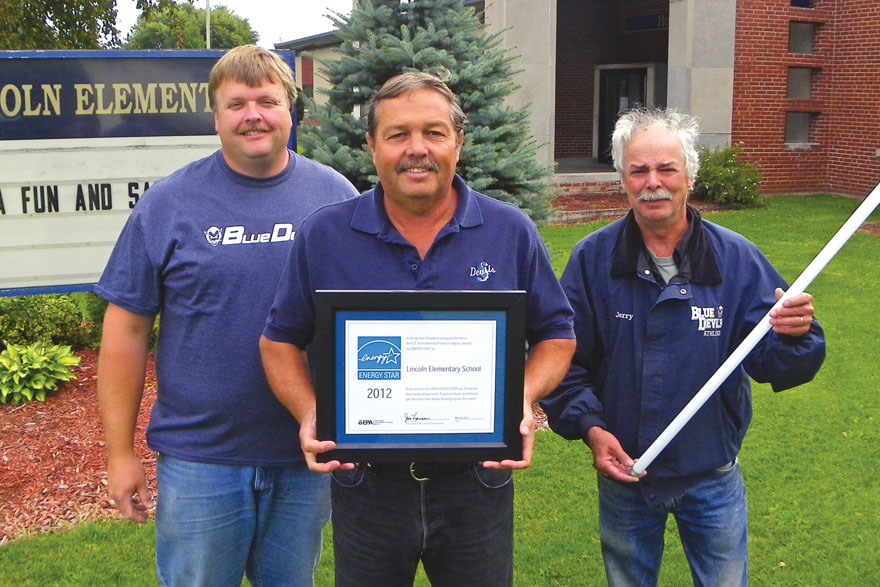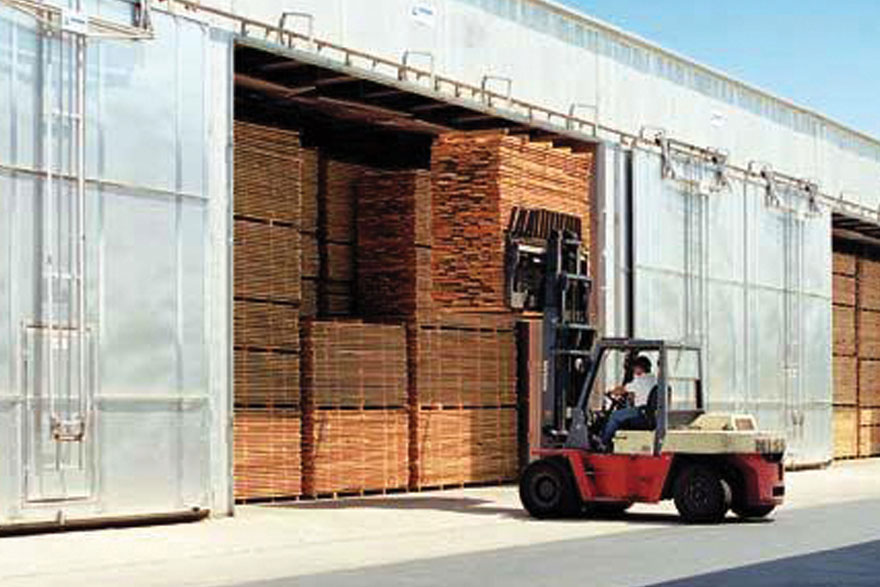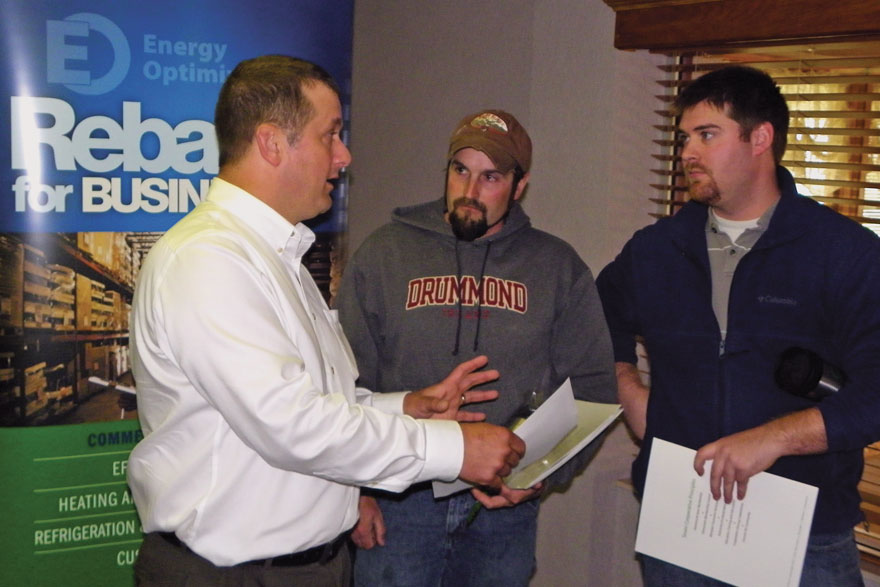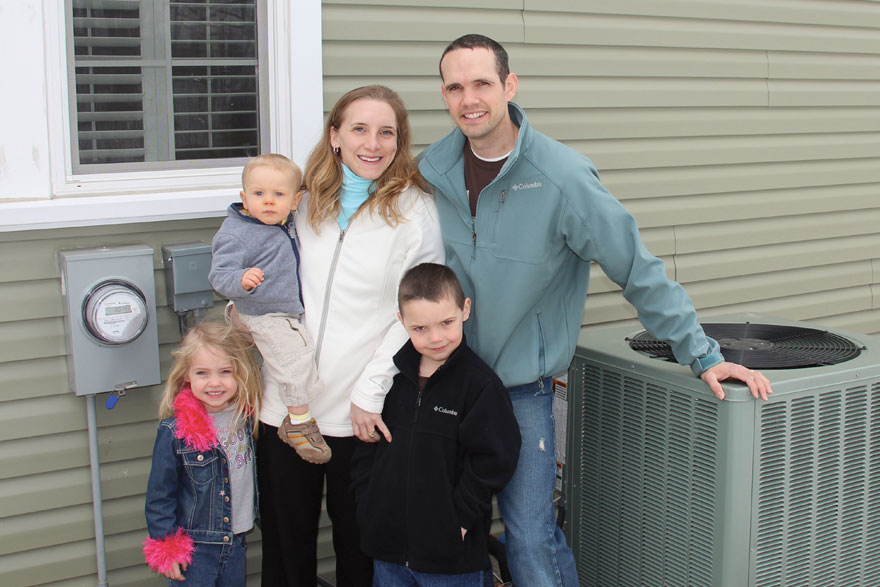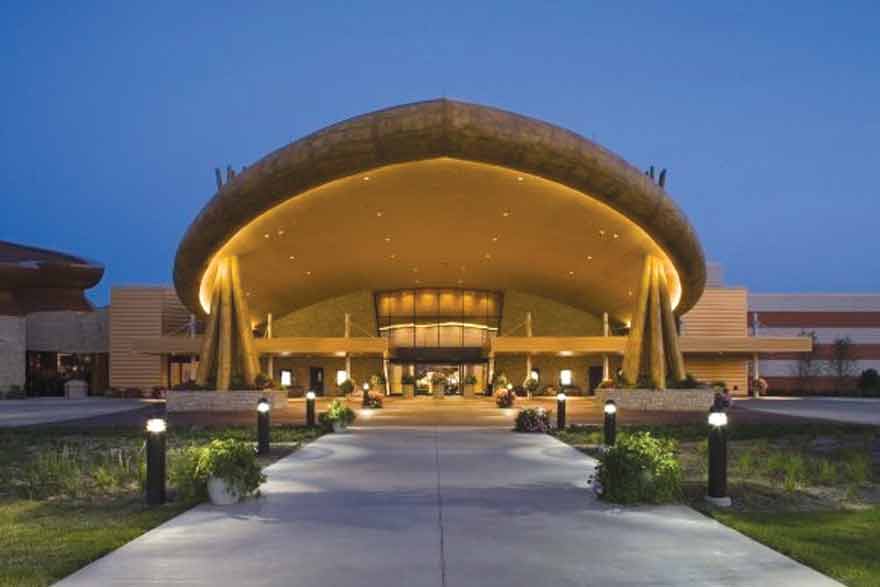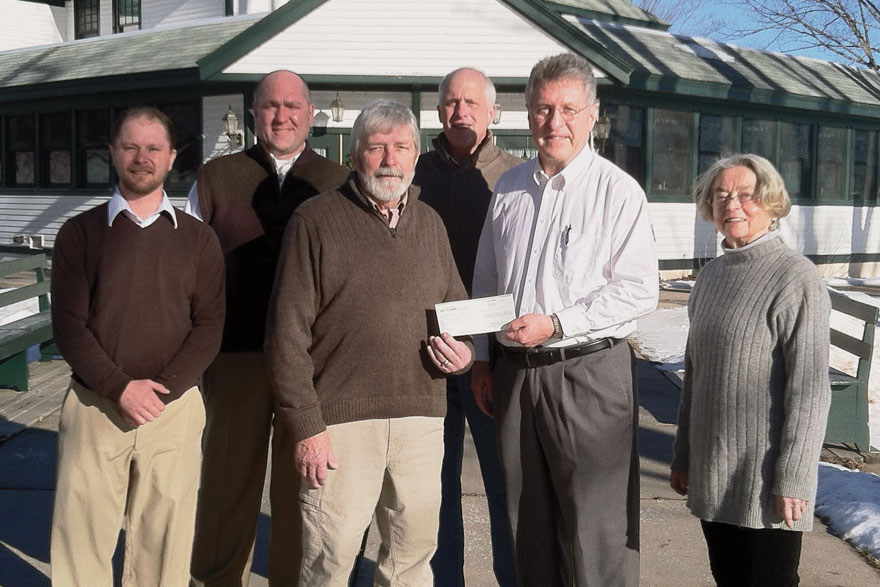Harvesting Efficiency
Every dairy cow carries an energy price tag. Farmers pump water—and $2.6 billion in energy dollars—to boost crops. At the end of the day, energy, both direct and indirect, accounts for 13 percent of production expenses on an average farm, so it makes sense that more farmers are turning to energy efficiency to help their bottom lines. Electricity powers a farm’s heating (water, space, [...]

